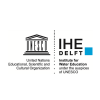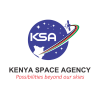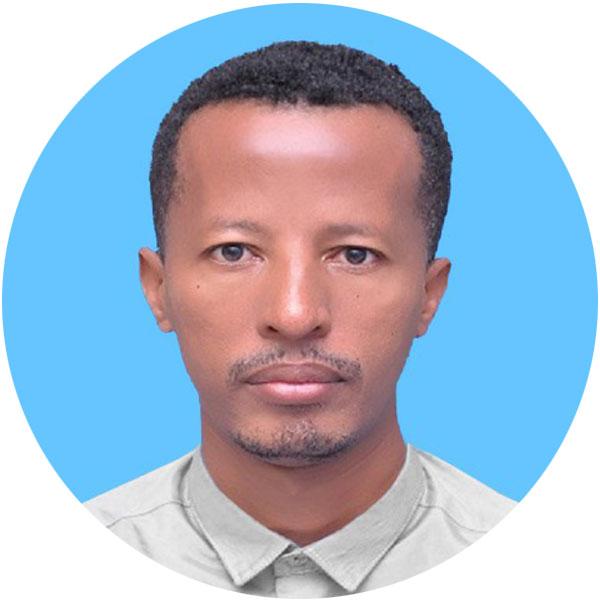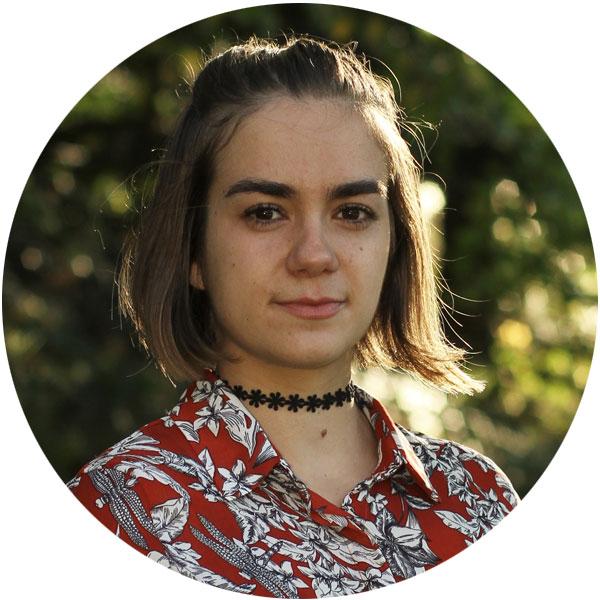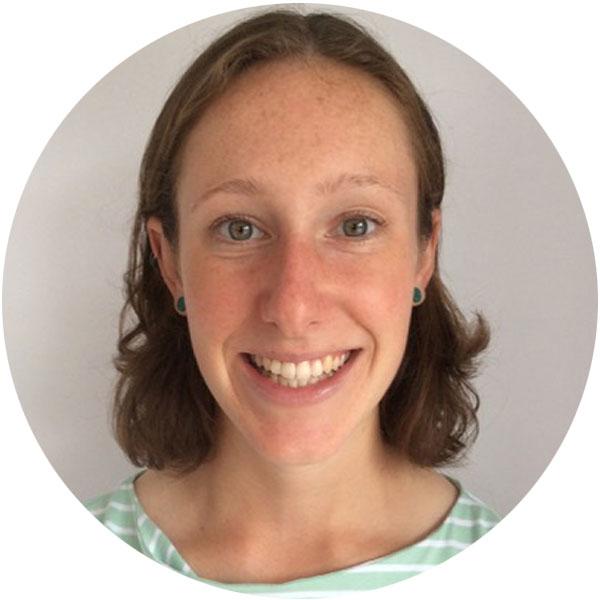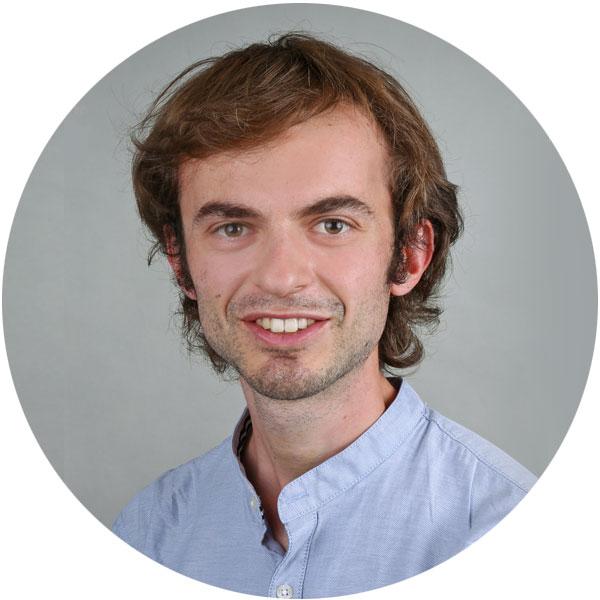Africa
Related Content
Article
卫星遥感技术在气溶胶监测以及水文循环研究的应用
Translated by Dr. Mengyi Jin
短时强降雨或长期干旱等极端天气事件往往会对地区经济、生态系统以及城市社区的正常运行造成负面影响。这些极端天气事件和大气中气溶胶的存在密切相关。气溶胶是悬浮于空气中的微小颗粒,它能够改变云的性质和降水过程,从而影响整个水文循环。因此,深入理解气溶胶、云以及水文循环之间的相互作用,对于应对气候变化具有重要意义。
近年来,随着太空技术的不断发展,尤其是卫星遥感技术的突破,气溶胶研究取得了重大进展。例如激光雷达(LiDAR)和多角度成像光谱辐射计等卫星遥感技术的广泛应用,使科学家们能够获取大气中气溶胶分布及其动态变化的高精度监测数据。这些数据有助于科学家们深入探讨气溶胶、降水以及水资源分布之间的关联(Winker等, 2009)。通过大量实时监测数据,卫星遥感技术不仅提升了对水文循环的预测能力,也为提出应对水资源危机的政策建议提供了有力支持。
Space-based technology for aerosol monitoring and its role in the hydrological cycle
Extreme weather events, such as sudden downpours or prolonged droughts, disrupt economies, ecosystems, and communities. These events are closely linked to aerosols—tiny atmospheric particles that influence the hydrological cycle by altering cloud properties and precipitation. Understanding the interactions between aerosols, clouds, and the hydrological cycle is essential for managing climate variability.
Space-based technology for aerosol monitoring and its role in the hydrological cycle
Extreme weather events, such as sudden downpours or prolonged droughts, disrupt economies, ecosystems, and communities. These events are closely linked to aerosols—tiny atmospheric particles that influence the hydrological cycle by altering cloud properties and precipitation. Understanding the interactions between aerosols, clouds, and the hydrological cycle is essential for managing climate variability.
卫星遥感技术在气溶胶监测以及水文循环研究的应用
Translated by Dr. Mengyi Jin
短时强降雨或长期干旱等极端天气事件往往会对地区经济、生态系统以及城市社区的正常运行造成负面影响。这些极端天气事件和大气中气溶胶的存在密切相关。气溶胶是悬浮于空气中的微小颗粒,它能够改变云的性质和降水过程,从而影响整个水文循环。因此,深入理解气溶胶、云以及水文循环之间的相互作用,对于应对气候变化具有重要意义。
近年来,随着太空技术的不断发展,尤其是卫星遥感技术的突破,气溶胶研究取得了重大进展。例如激光雷达(LiDAR)和多角度成像光谱辐射计等卫星遥感技术的广泛应用,使科学家们能够获取大气中气溶胶分布及其动态变化的高精度监测数据。这些数据有助于科学家们深入探讨气溶胶、降水以及水资源分布之间的关联(Winker等, 2009)。通过大量实时监测数据,卫星遥感技术不仅提升了对水文循环的预测能力,也为提出应对水资源危机的政策建议提供了有力支持。
Space-based technology for aerosol monitoring and its role in the hydrological cycle
Extreme weather events, such as sudden downpours or prolonged droughts, disrupt economies, ecosystems, and communities. These events are closely linked to aerosols—tiny atmospheric particles that influence the hydrological cycle by altering cloud properties and precipitation. Understanding the interactions between aerosols, clouds, and the hydrological cycle is essential for managing climate variability.
卫星遥感技术在气溶胶监测以及水文循环研究的应用
Translated by Dr. Mengyi Jin
短时强降雨或长期干旱等极端天气事件往往会对地区经济、生态系统以及城市社区的正常运行造成负面影响。这些极端天气事件和大气中气溶胶的存在密切相关。气溶胶是悬浮于空气中的微小颗粒,它能够改变云的性质和降水过程,从而影响整个水文循环。因此,深入理解气溶胶、云以及水文循环之间的相互作用,对于应对气候变化具有重要意义。
近年来,随着太空技术的不断发展,尤其是卫星遥感技术的突破,气溶胶研究取得了重大进展。例如激光雷达(LiDAR)和多角度成像光谱辐射计等卫星遥感技术的广泛应用,使科学家们能够获取大气中气溶胶分布及其动态变化的高精度监测数据。这些数据有助于科学家们深入探讨气溶胶、降水以及水资源分布之间的关联(Winker等, 2009)。通过大量实时监测数据,卫星遥感技术不仅提升了对水文循环的预测能力,也为提出应对水资源危机的政策建议提供了有力支持。
A celebration of valuing water for World Water Day 2021
World Water Day, celebrated each year on March 22nd, since 1993, celebrates water and raises awareness of the ongoing global water crisis. The theme this year is Valuing Water. Much more than just price, water has huge value for households, food, culture, health, education, and the environment (UN Water 2021).
Capacity Building and Training Material
Event
Project / Mission / Initiative / Community Portal
Stakeholder
Université Chouaib Doukkali
The Chouaib Doukkali University (CDU) [www.ucd.ac.ma] in El Jadida, Morocco was founded in 1985. It is a public institution of higher education and scientific research. At present, in the Chouaib Doukkali there are 6 faculties, and has more than 507 teachers, 255 administrators, and more than 25 000 students. Training is provided for bachelor degree and master degree. In terms of research, the University has established two centers for doctoral studies, with 25 laboratories involving 82 research teams.
University of Zimbabwe: Department of Construction and Civil Engineering
The Department of Construction and Civil Engineering at the University of Zimbabwe is one of the 8 departments in the Faculty of Engineering and Built Environment.The department is already a major center for water and sanitation engineering through its MSc programmes which have produced graduates from eastern and southern Africa. The department also boasts of soil and material and timber research facilities which can be used to benefit the country at large.
Person

Helen Awe-peter
Principal Scientist National Space Research and Development Agency
I am a geoscientist with expertise in climate change adaptation, hydrological analysis, GIS, and remote sensing. For over six years at the National Space Research and Development Agency (NASRDA), I have applied geospatial technologies to address challenges in biodiversity conservation, sustainable land use, and water resource management.

Stefanie Steinbach
Postdoctoral researcher Geomatics Research Group at the Institute of Geography of the Ruhr-University Bochum
Dr. Stefanie Steinbach holds an M.Sc. in geography from the University of Bonn, Germany, and a PhD from the Faculty of Geo-Information Science and Earth Observation (ITC), University of Twente, the Netherlands. She works as a postdoctoral researcher in the Geomatics Department at Ruhr University Bochum, Germany. Her work explores how satellite-based Earth observation can support sustainable water and land resource management, with a regional focus on sub-Saharan Africa.
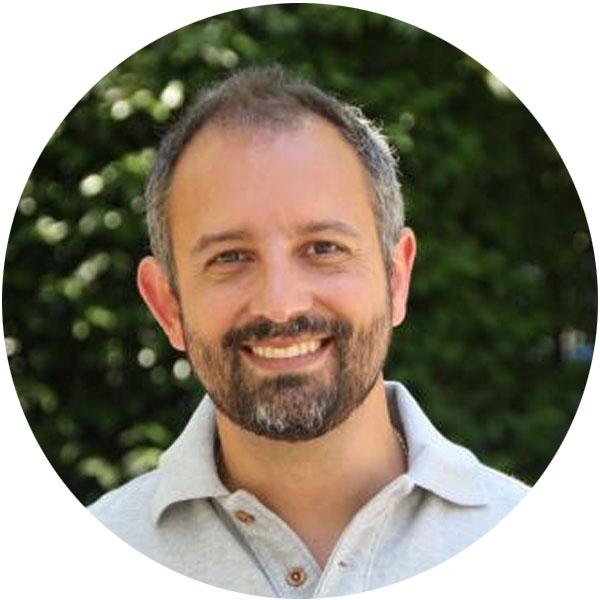
Gregory Giuliani
Senior Lecturer & Head of Unit at the University of Geneva and Head of the Digital Earth Unit United Nations Environment Grid Geneva
Gregory Giuliani is the Head of the Digital Earth Unit and Swiss Data Cube Project Leader at GRID-Geneva of the United Nations Environment Programme (UNEP) and a Senior Lecturer at the University of Geneva’s Institute for Environmental Sciences.

Egline Tauya
Head of the Environment and Water Institute Southern African Research and Documentation Centre
Egline is a climate change expert with academic and professional background in environment. She is the Head of the Environment and Water institute at Southern African Research and Documentation Centre (SARDC) known as I Musokotwane Environment Resource Centre for Southern Africa (IMERCSA).

Bastian van den Bout
Assistant Professor University of Twente - Faculty ITC
Bastian van den Bout is a researcher at Twente University, and the founder of FastHazard, the spinoff company developing the FastFlood.org model. He has a passion to develop tools that allow for state-of-the-art flood technologies and models to be used easily in vulnerable communities. FastFlood.org and FastSlide.org are two recent models that link automatically with global datasets and allow for groundbreaking simulation speeds. His work has involved large-scale research projects, national-scale hazard mapping and education and supervision for students.

Felix Kasiti
PhD Researcher University of Stirling

























































